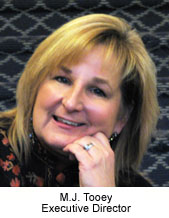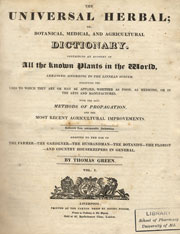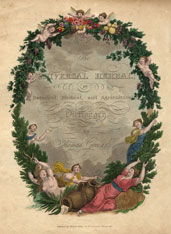
I have been bemused by some of the reactions to the HS/HSL’s Food for Fines program during which the Library will forgive $10 in fines for each donation of a non-perishable item to be donated to the Maryland Food Bank. Reactions have ranged from concern over us giving up a huge income stream from fines (not!) to simply "why"?
Well, we say "why not?" During this traditional season of giving we don’t have hoards of students to send out to serve dinners or collect toys or build houses. And, if you know anything about how library staff are paid or how the library is funded, you know we don’t have millions of dollars to donate to worthy causes. However, we still feel it is important for the library staff to be engaged in the good work of UMB.
This year we chose two projects, the aforementioned Food for Fines and Reach Out and Read. At the time of this newsletter’s publication, we have collected hundreds of items. We won’t know how many fines were forgiven because we have found that, in the spirit of giving, people have been dropping off items or contributing beyond their one item to $10 ratio. That’s pretty great.
Reach Out and Read is a national non-profit organization promoting early literacy by giving new books to pediatric patients in doctors’ offices. In addition to collecting age appropriate children’s books, Library staff donated over $300 to support the purchase of new books for the program.
It is good for the Library to be part of UMB’s community outreach efforts not only at the holidays but during the rest of the year as well. Please accept our best wishes for this holiday season and on into 2008.








